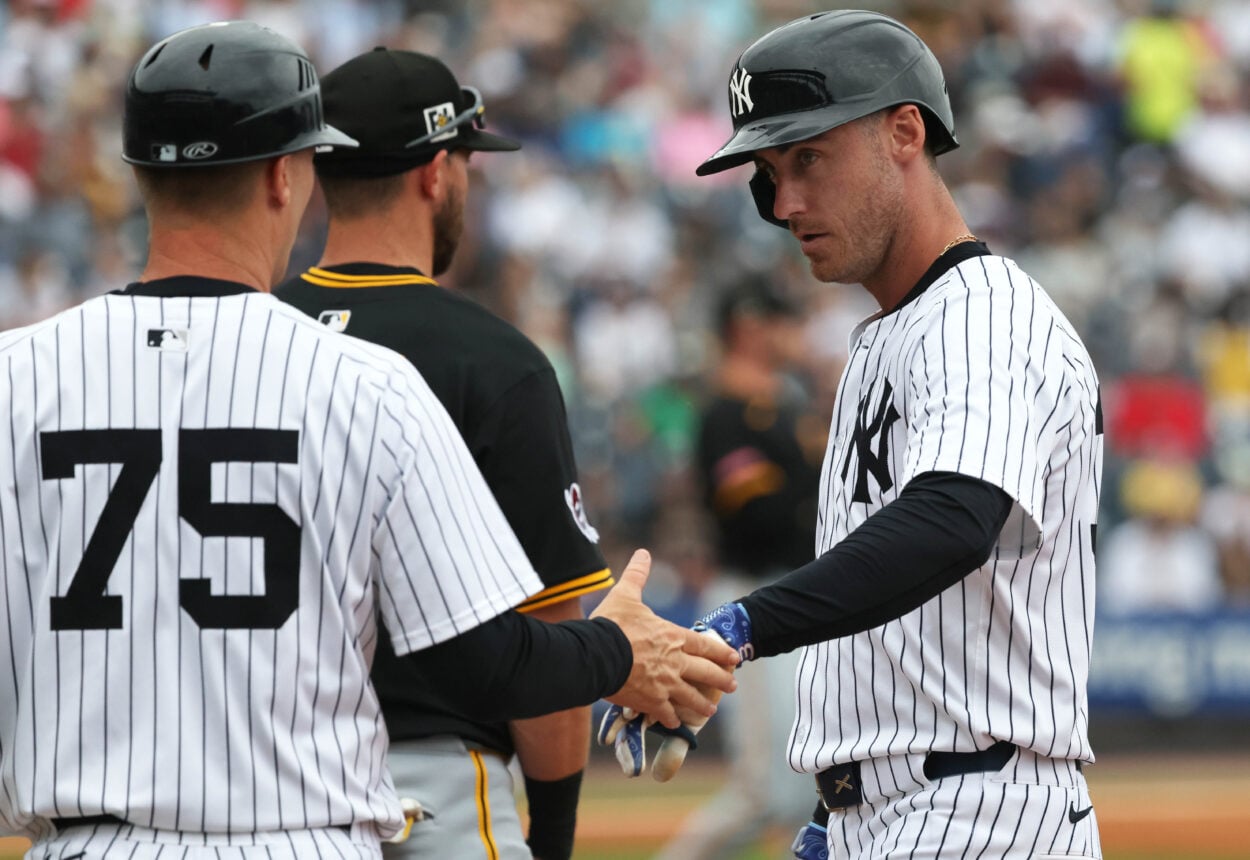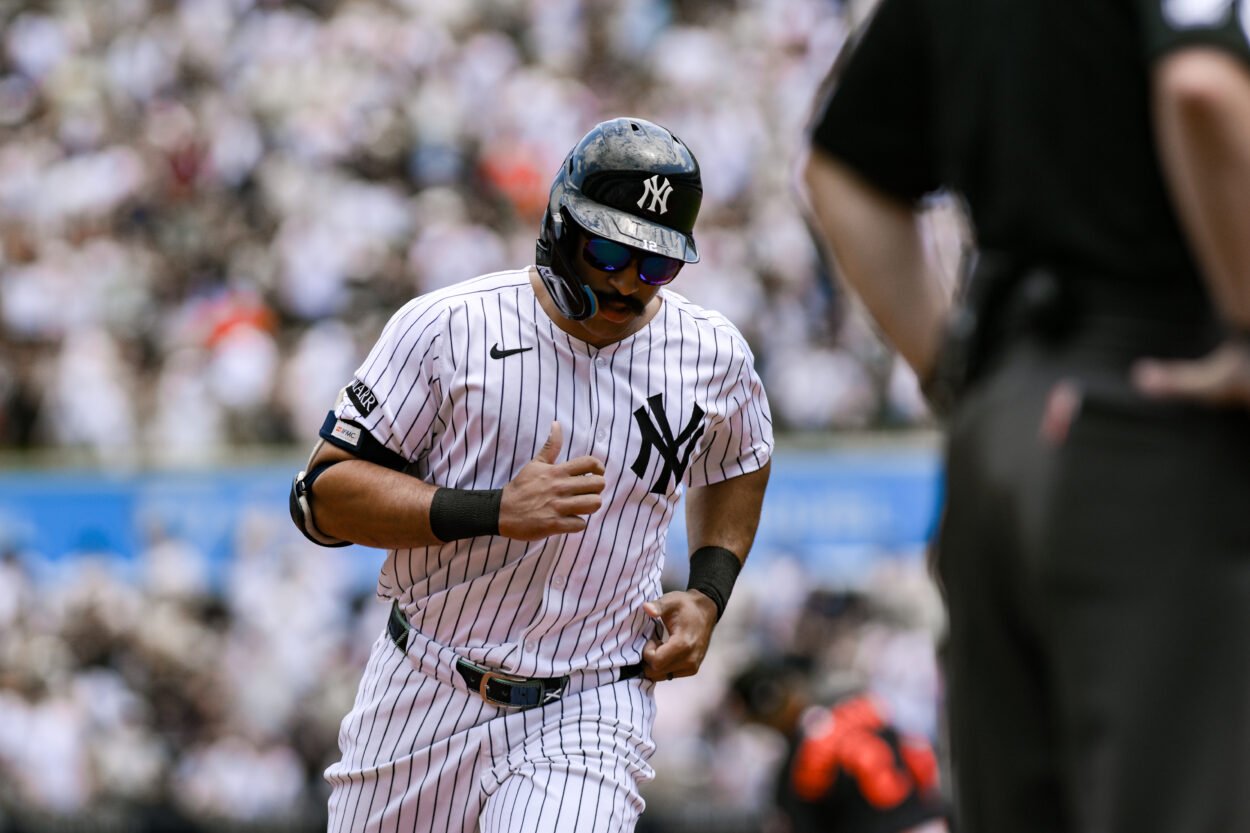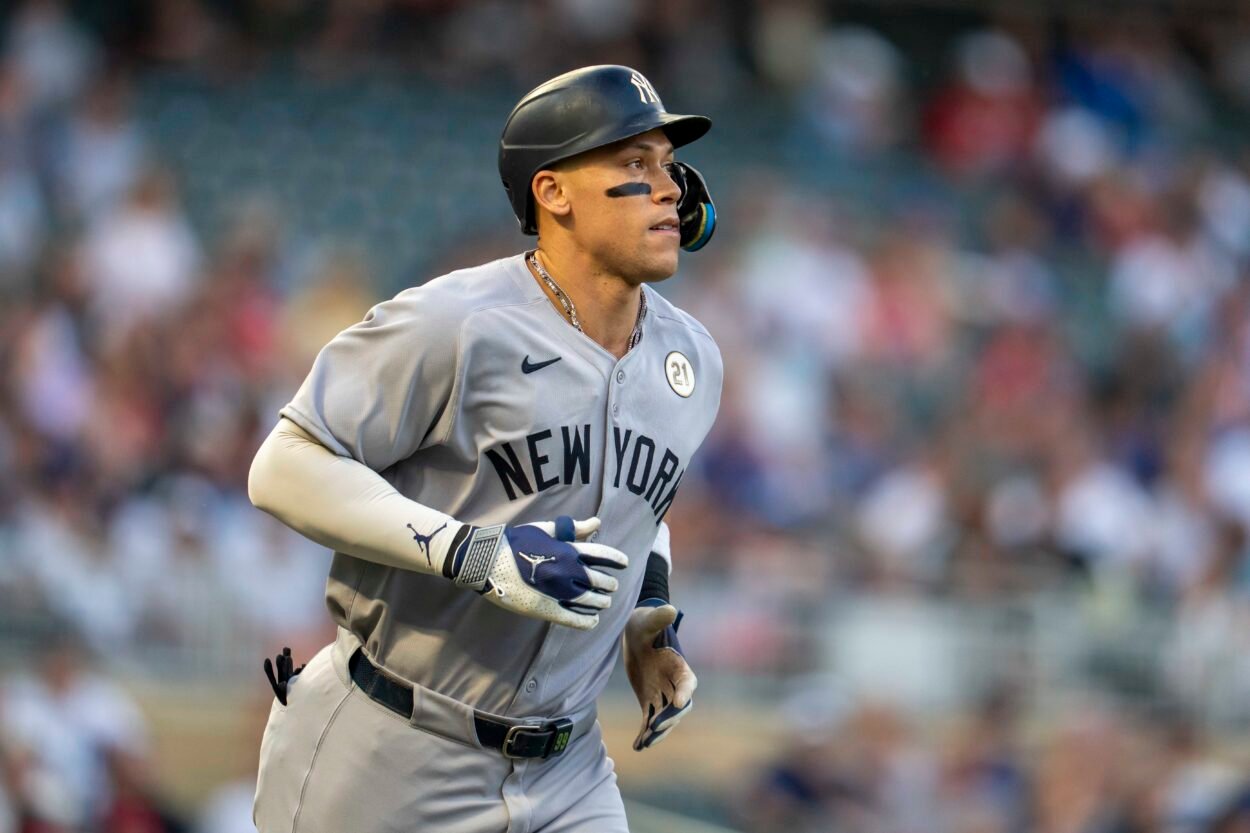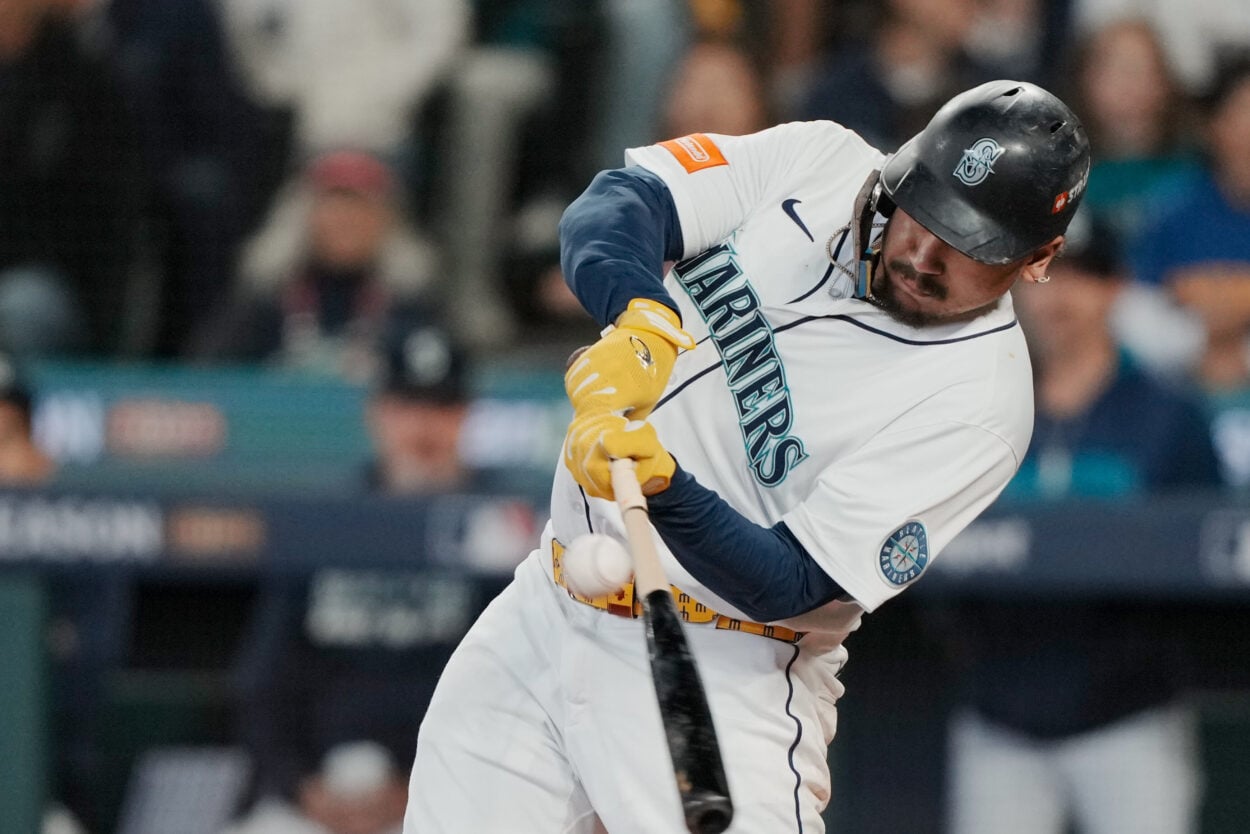
One of the biggest issues that Yankees‘ fans are having with the early readings of their offseason plan is just how much continuity they’ll be with the 2025 and 2026 rosters.
The same owner, GM, and manager will remain in their roles while eight of the nine everyday regulars in the postseason lineup are currently under contract for 2026.
Furthermore, the perceived top target for the team is Cody Bellinger, who would make it a perfect nine-for-nine if no one on the roster is dealt between now and Opening Day.
It’s a group that saw it’s team wRC+ decrease by over 25 points from the regular season to the postseason…and the Yankees don’t care about that.
The question is, should they?
READ MORE: Yankees non-tender five right-handed pitchers on Friday
Why Postseason Numbers Should Be Largely Irrelevant to the Yankees’ Offseason Plan

With the offseason being as boring as it has been, we’re going to continue doing crash courses to disprove popular narratives in Yankees’ social media circles.
That’ll continue with the talks about the Yankees needing to shake things up because of the postseason, a seven-game sample size where the offense was average in comparison to the rest of baseball.
In a previous article discussing running it back, I detailed how many Yankees on the postseason roster were first-time players in the postseason with the organization.
Cody Bellinger, Paul Goldschmidt, Jose Caballero, Trent Grisham, Jasson Dominguez, Amed Rosario, Ryan McMahon, and Ben Rice, over half of the 14-man position player group, had just played their first playoff game(s) at Yankee Stadium.

Let’s highlight the most recent addition to the Yankees’ 40-man roster in Trent Grisham, who returned on the one-year Qualifying Offer ($22.025 million) for 2026.
This past postseason was a terrible one for Grisham, who hit just .138 with a .426 OPS in 32 PAs, but would any organization in baseball weigh such a small sample size so heavily against the 162-game season?
A short answer would be no, but the long answer stems from just how unstable playoff OPS can be from a year-to-year basis because of how small the sample sizes in these stretches tend to be.
From 2017-2019 Aaron Judge had a 144 wRC+ in the postseason with a .433 xwOBA, but from 2020-2024, the three-time MVP mustered just an 80 wRC+ and .334 xwOBA in 31 games, just one shy of Trent Grisham’s career total in October.
Judge didn’t forget how to be clutch for four postseasons and re-learned it in 2025, what occurred was…well the fact that a lot can go off-course when evaluating ~10 game postseason runs.

It doesn’t minimize the damage Aaron Judge did to their World Series odds in 2024 or how Trent Grisham struggled to set the table for the offense with a red-hot MVP hitting right behind him.
All it means is that the level of accuracy in which we can project how an individual will perform is incredibly low, and if teams made decisions based on these miniscule sample sizes, we’d see some horrendous uses of money.
Walker Buehler received a one-year $20 million deal because he looked good in the NLCS and World Series, a complete dud of a contract by the Red Sox who could have benefitted from paying someone like Nick Pivetta instead.
Josh Naylor was a notorious playoff dropper with the Guardians, recording an 87 wRC+ in October from 2020-2024, a massive stepback from his 115 wRC+ over that timespan in the regular season.
This didn’t prevent the Mariners from believing in him to anchor the middle of their lineup when they traded for him, as Naylor recorded a .976 OPS with a 176 wRC+ this past postseason.

I also broke down the Yankees’ 2025 ALDS wRC+ in the postseason before the playoffs began, and that group combined for a 103.2 wRC+, but they underperformed that mark by 10 points in October.
Previous playoff results are just impossible to rely on for roster construction, and if you’re against adding someone because in ~100 PAs they haven’t been as good in the postseason, we’ve lost the plot.
Derek Jeter in 2004 when he was still in his offensive prime recorded a 29 wRC+ in his first 133 Plate Appearances, but that kind of variance can even occur for good playoff performers.
Let’s take Bernie Williams, who owned a career 118 wRC+ and is lauded for his playoff heroics, and while he was running a 148 wRC+ from 1997-2000 in the regular season, it dropped to just 85 come October in a 204-PA sample size.
You can’t know who will or won’t perform in October on a year-to-year basis, and the Yankees (alongside the other 29 teams in MLB) don’t try to figure that out during the winter.
They find the best players that they can get, put them on their roster, and hope that enough of those good players are hot at the right time in October.
